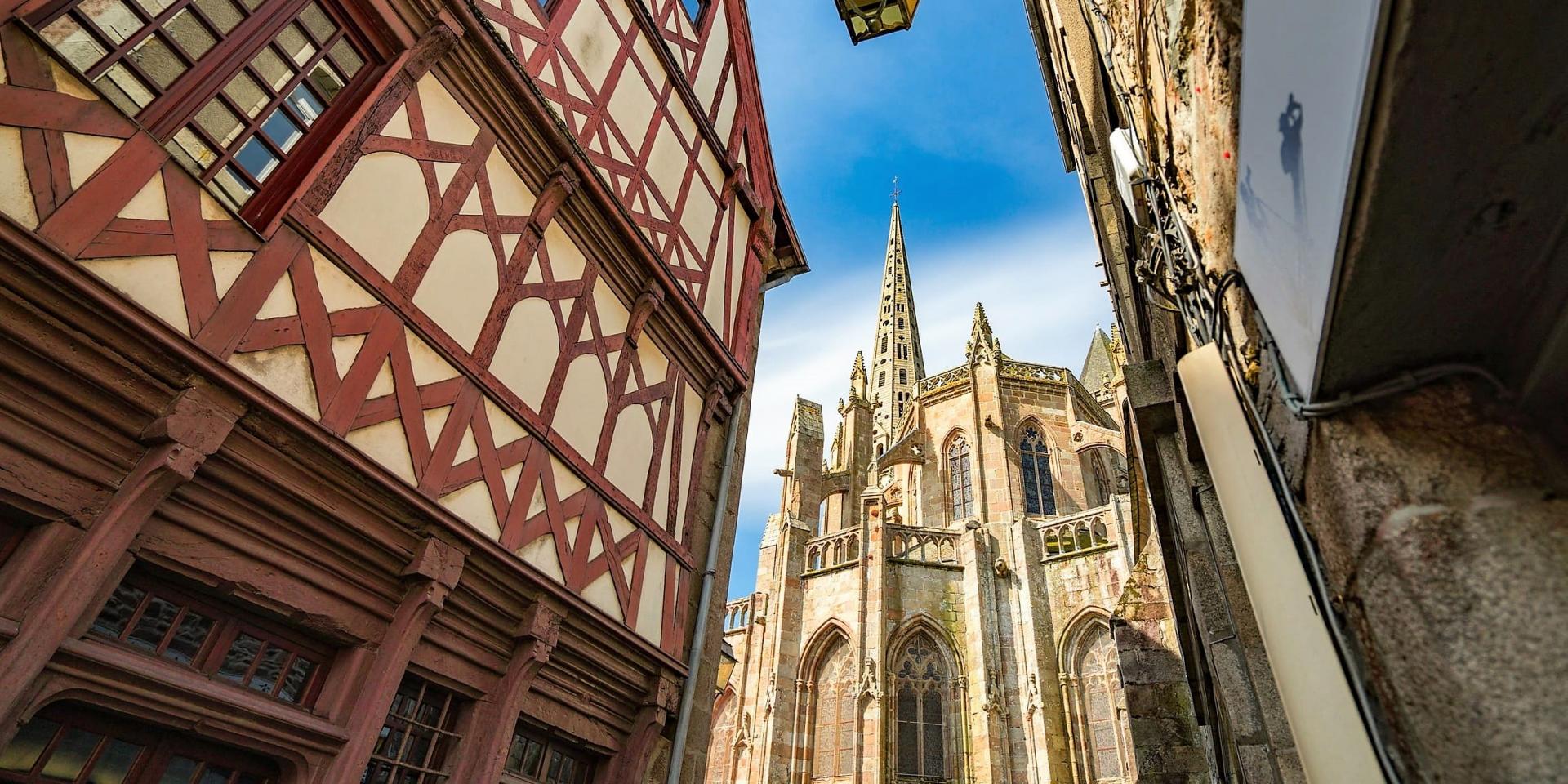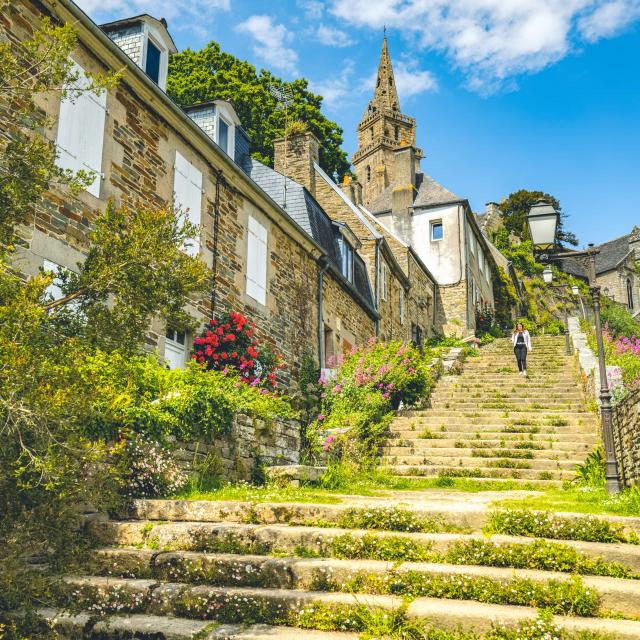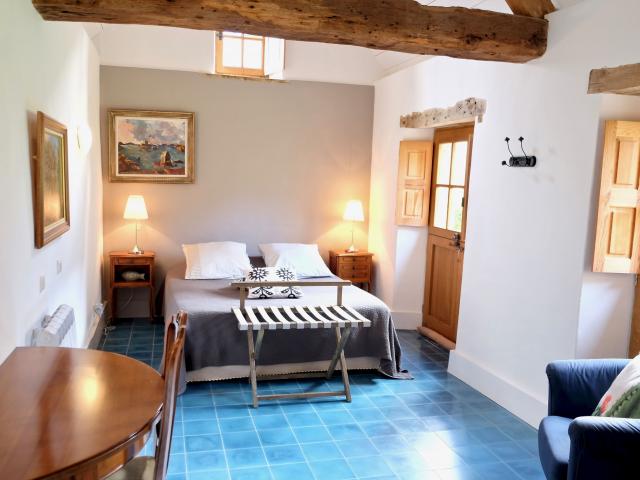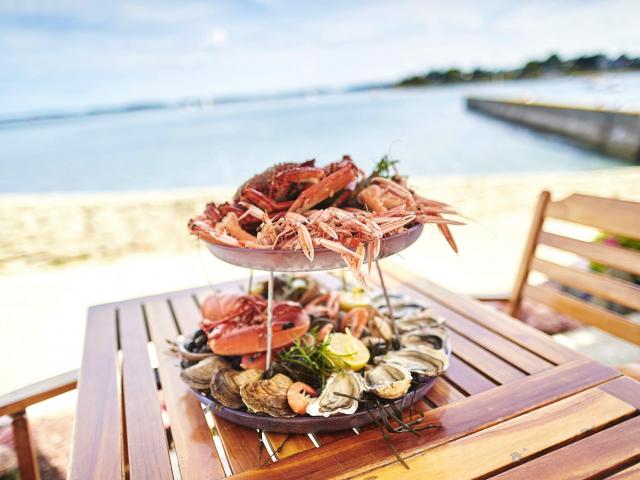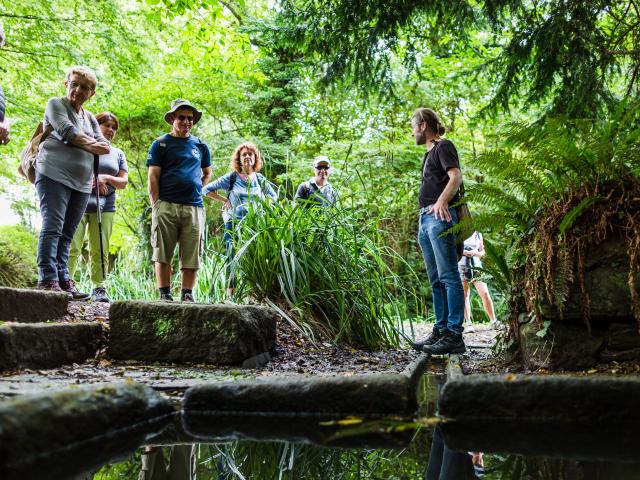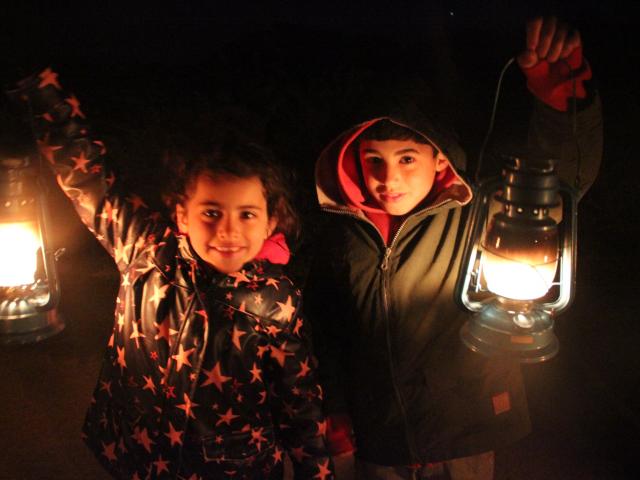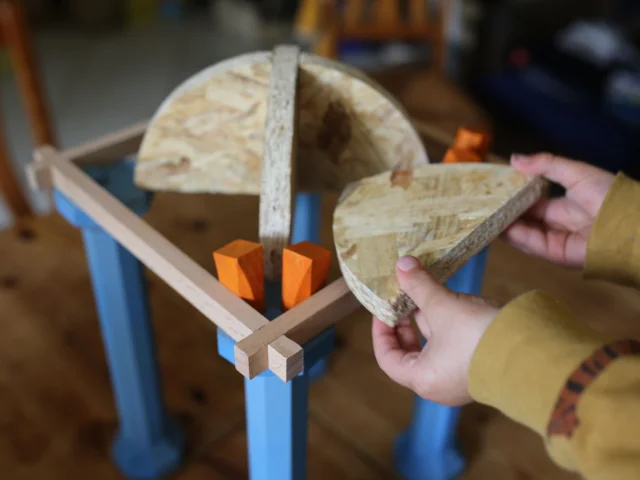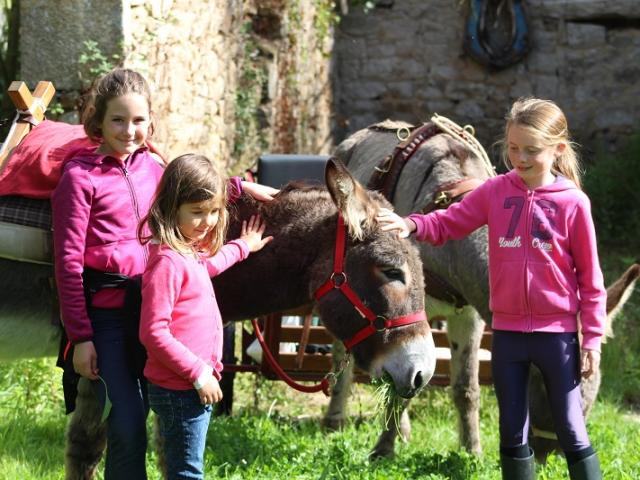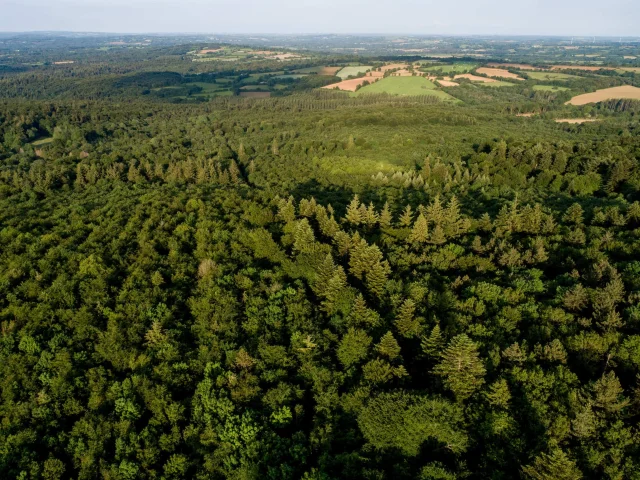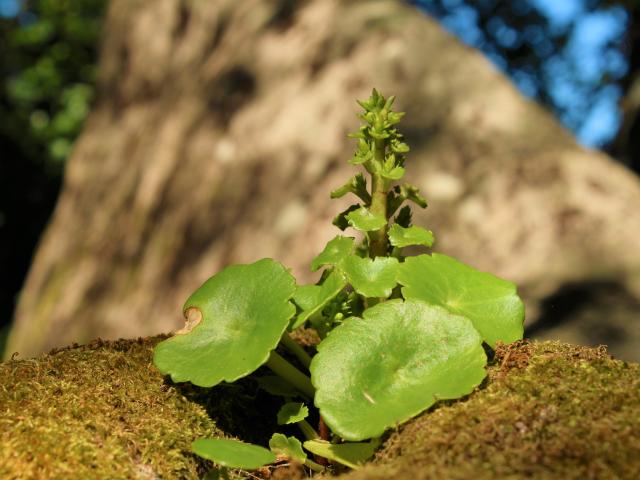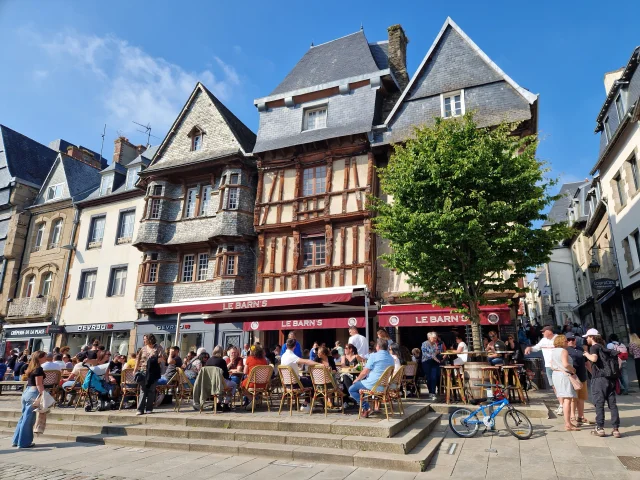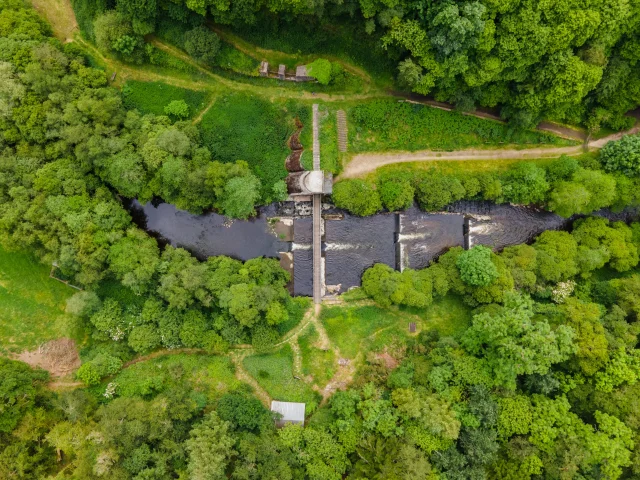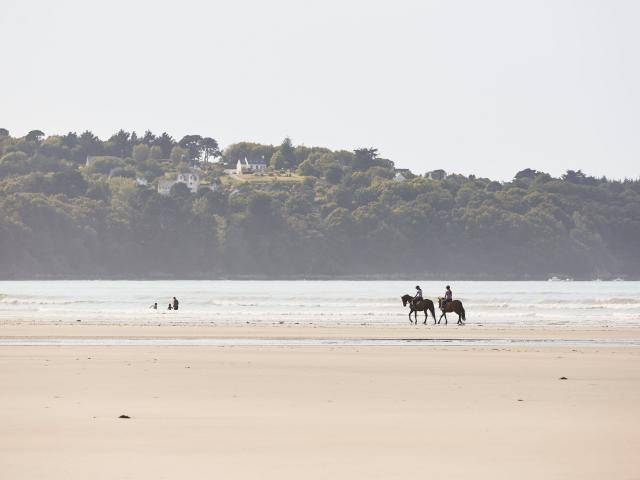Tréguier
Historic capital and city of the spirit
At the confluence of the Jaudy and Guindy rivers, the majestic Saint-Tugdual cathedral stands proudly on the Place du Martray. Its elegant spire dominates the landscape. The steep cobbled streets will take you right past one of its three porches. Outside, a little to the right, a small staircase catches your eye and leads you into the cloister, a flamboyant Gothic architectural gem and lapidary museum.
On the third Sunday in May, the square is a hive of activity: the great Pardon de Saint Yves procession attracts believers, the curious and, of course, many of the legal professions. All around the central square, granite mansions and half-timbered houses compete in beauty, while shops, artists’ studios and art galleries arouse curiosity.
The house where the famous writer, philosopher and thinker Ernest Renan was born opens its doors to you. Born in 1823, he claimed the right of free expression for religious and historical criticism in the light of scientific study. Before you leave, take a stroll through the Poet’s Wood, where the suspension bridge tells the story of a time when only ferries were used to cross rivers.
